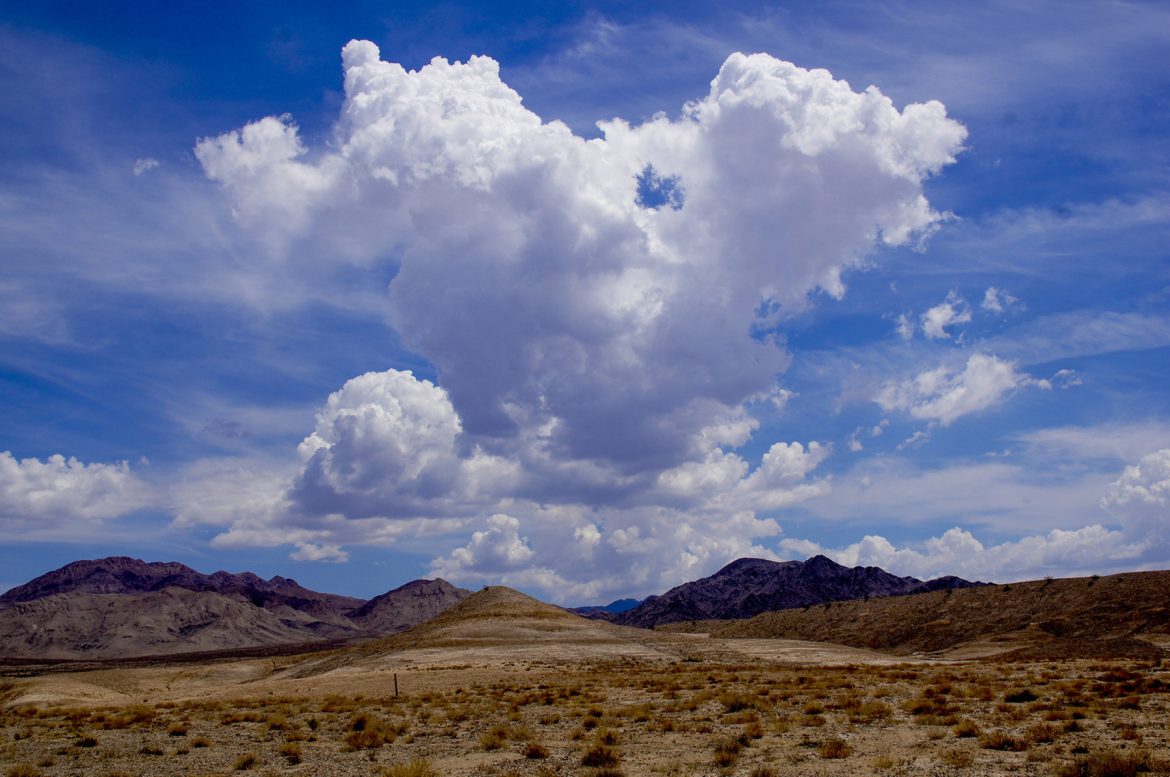Local scientists have warned that the worst may be yet to come after exceptional winter heat in the Andean mountains of South America surged to 37C.
Available reports show that the heatwave in the central Chilean Andes is melting the snow below 3,000 metres (9,840ft), which will have knock-on effects for people living in downstream valleys who depend on meltwater during the spring and summer.
Tuesday was probably the warmest winter day in northern Chile in 72 years, according to Raul Cordero, a climate scientist at the University of Groningen, who said the 37C recorded at the Vicuña Los Pimientos station in the Coquimbo region was caused by a combination of global heating, El Niño and easterly gusts, known by locals as Terral winds that bring hot, dry weather.
According to the Extreme Temperatures Around The World blog, dozens of meteorological monitoring stations at more than 1,000 metres altitude recorded temperatures above 35C in winter.
Read also: Experts worry losing access to ice age mammoths Cotswolds site to UAE
Cordero further stated that the unusual heat at this altitude was a worry. “The main problem is how the high temperatures exacerbate droughts (in eastern Argentina and Uruguay and accelerate snow melting.”
Water shortages are already a dire problem in and around Uruguay’s capital, Montevideo, where reservoirs are running dry and tap water is no longer drinkable.
South America is reported to have suffered one of the warmest January-to-July periods on record. Chile has been among the worst affected countries with fires at the beginning of the year and now extended droughts. Cordero said Santiago was sweltering in its ninth heatwave since January and was expected to break the annual record of 10 heatwaves, set in 2020.
Story was adapted from the Guardian.
